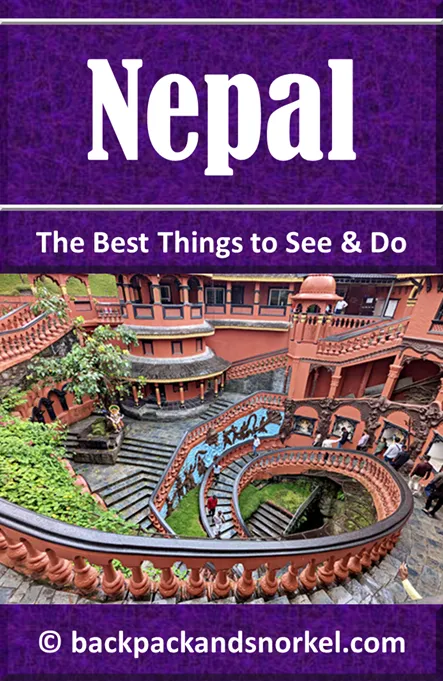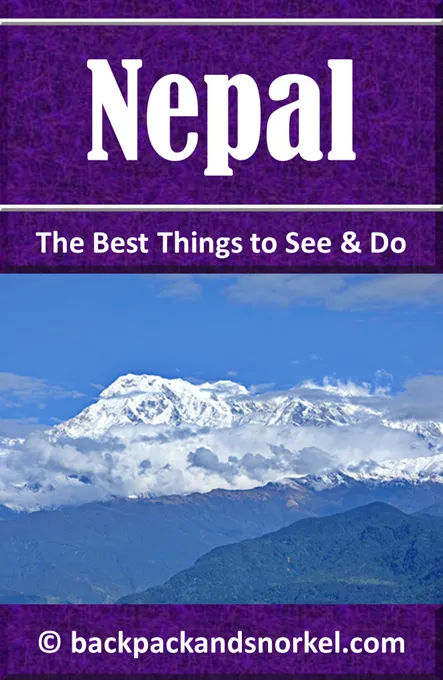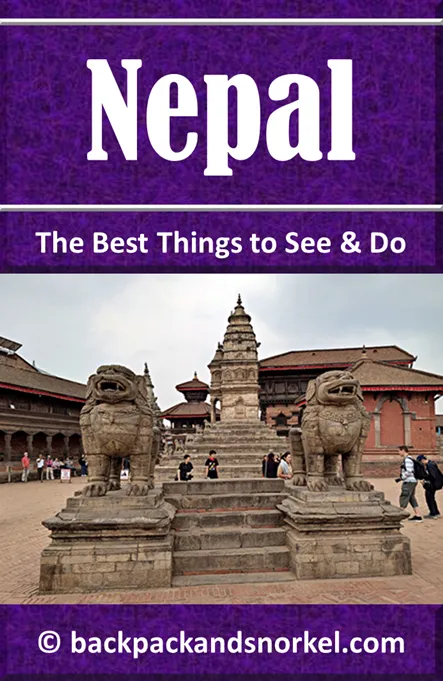Exploring Guru Lhakhang Monastery: A Center of Buddhist Art and Learning in Kathmandu - Nepal Purple Travel Guide
(map, reviews)
This is Premium Content! To access it, please download our
Backpack and Snorkel Purple Travel Guide‘Lhakhang’ in Tibetan means ‘God House’ or ‘Temple’.
‘Lha’ = deity or god
‘Khang’ = house or building
So, Lhakhang translates to ‘the dwelling place of a deity’, which is why it is commonly used to refer to Buddhist temples or shrines in Tibetan-speaking regions like Tibet, Bhutan, and Himalayan areas of Nepal.
‘Guru Lhakhang’ translates to ‘Temple of the Guru’, a name that honors Guru Rinpoche (Padmasambhava), the 8th-century tantric master credited with bringing Buddhism to Tibet. Inside the monastery, visitors can find statues, thangkas, and murals depicting Guru Rinpoche in various forms, signifying his vital role in the Vajrayana tradition.


Here at Backpack and Snorkel Travel Guides, we typically promote self-guided walking tours.
But we realize that not everybody likes to walk by themselves in a foreign city. So, just in case that you rather go with ab guide: NO PROBLEM! Please see the Viator tours below.
free GuruWalk tours
paid Viator tours
Spiritual Significance and Use of Guru Lhakhang Monastery
Guru Lhakhang Monastery was likely established in the 16th century, and it is an active place of worship and monastic study today. Monks gather here for daily prayers, meditation, and teaching sessions. The monastery is also known for its large prayer wheel, which stands near the entrance. Devotees and visitors spin the wheel while reciting mantras - an act believed to accumulate merit and purify negative karma.
The main shrine room features vivid Tibetan artwork, butter lamps, and offerings.
Back to your self-guided tour
Author: Rudy at Backpack and Snorkel
Bio: Owner of Backpack and Snorkel Travel Guides. We create in-depth guides to help you plan unforgettable vacations around the world.
Other popular Purple Travel Guides you may be interested in:
Like this Backpack and Snorkel Purple Travel Guide? Pin these for later:





